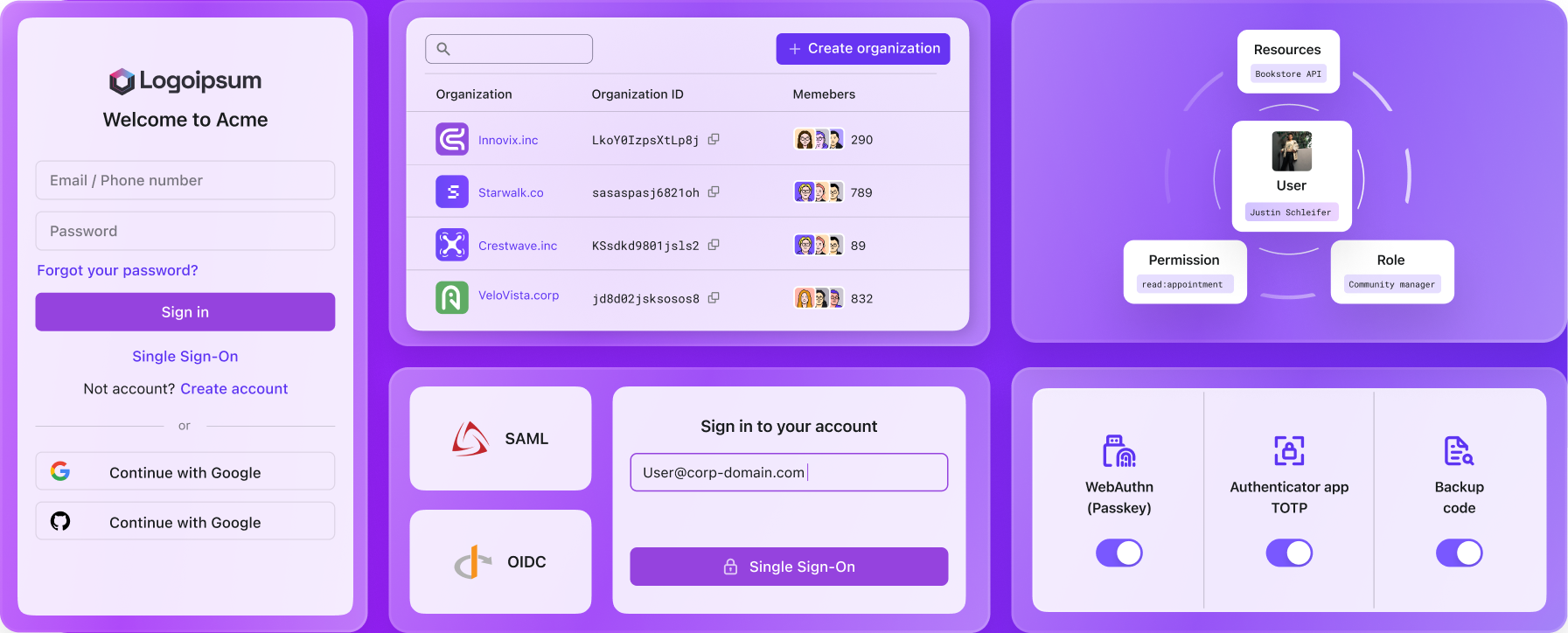Localize your Logto sign-in experience with OIDC ui_locales
Make your sign-in experience feel native to every user. In this tutorial, you’ll learn how to use the standard OIDC parameter ui_locales to set the runtime language of Logto’s sign-in UI and related emails.
Why use ui_locales?
Logto already supports multi-language content and auto-detection, but there are times you want to explicitly pick the language for a specific interaction:
- Multi-organization products with different language preferences per org
- Deep links from campaigns in a specific language
- Product pages with localized CTAs that start sign-in in the same language
- A/B tests for localized onboarding
Besides, ui_locales is a standard parameter supported by many identity providers and SDKs.
What ui_locales does
- Sets the sign-in UI language for the current interaction (first supported tag wins)
- Influences email localization for messages triggered by this interaction
- Exposes the original value to email templates as a variable
uiLocales(e.g., "Requested languages:{{uiLocales}}")
Learn more in the reference: UI locales docs.
Prerequisites
- A Logto tenant (Cloud or OSS)
- An application integrated with Logto (Quick-starts)
- At least one additional language enabled in Sign-in Experience (Localized languages)
Optional but handy:
- Custom email templates or provider-managed templates enabled, to see email localization in action (Email templates)
Option 1: Use ui_locales via SDK extraParams
Logto SDKs let you pass extra OIDC parameters during sign-in. Add ui_locales in extraParams:
Notes:
- Provide a space-separated list of BCP 47 tags. Logto will pick the first tag that exists in your tenant’s language library (e.g.,
fr-CA, otherwisefr, otherwiseen). - Works per interaction—your tenant’s default language is not changed.
- You can combine
ui_localeswith other standard/custom parameters (e.g.,login_hint,organization_id, or first screen directives).
Option 2: Add ui_locales to your authorize URL
If you’re wiring the OIDC authorization request manually (or via a generic OIDC client), add ui_locales directly:
How emails are localized
When an interaction triggers an email (e.g., verification code), Logto resolves language in this order:
ui_locales(first supported tag)- Otherwise auto detects via HTTP
Accept-Languageheader - Otherwise tenant default language
Then Logto tries to find a custom email template that matches the resolved language and template type; if none is found, it falls back to the connector default.
Provider-managed templates (e.g., Postmark, HTTP Email): Logto passes both uiLocales and locale to your provider. If ui_locales is present, locale uses the first supported tag from ui_locales.
See: Email template localization.

